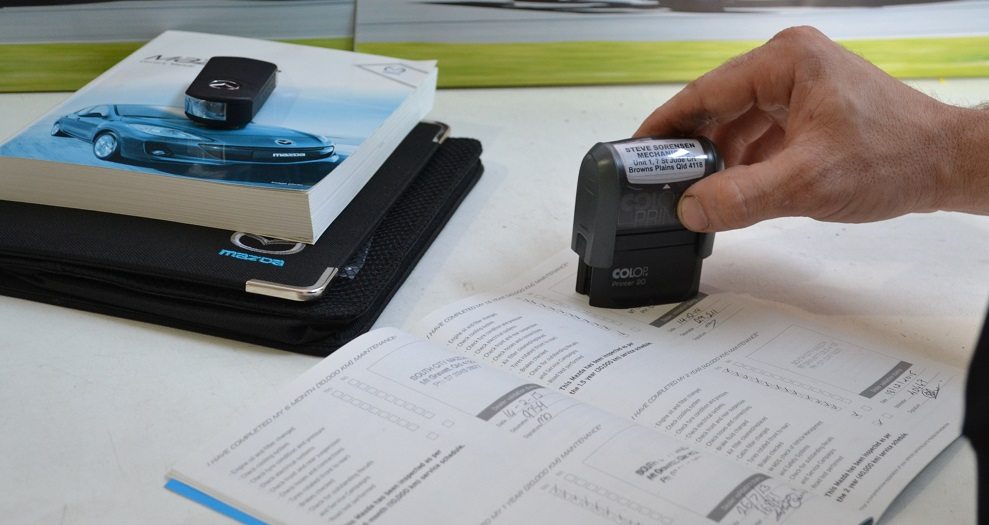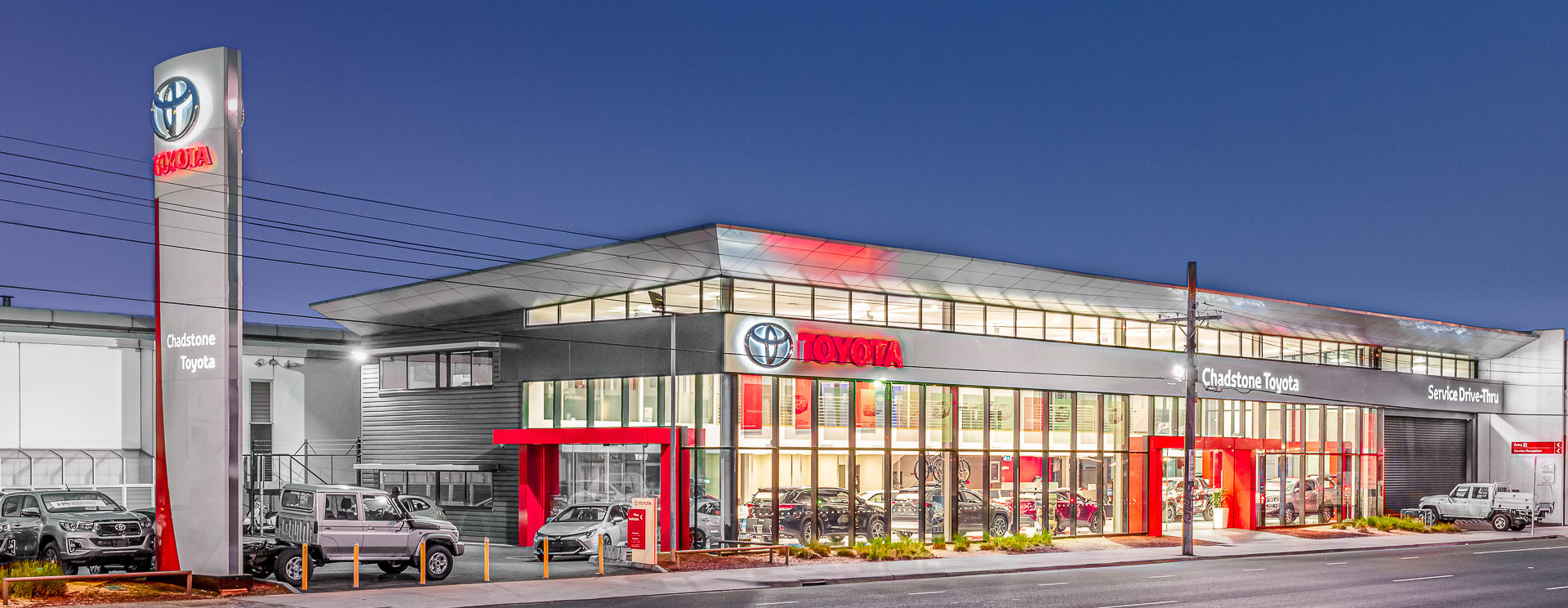Having a car service carried out according to a manufacturer’s schedule is an important part of keeping your vehicle fit for the road, maintaining a decent fuel consumption, and reducing chances of breakdowns.
The thing is, car servicing can feel like a bit of a mystery and the prices you’ll potentially be charged can vary enormously from garage to garage.
So, what does a car service involve? And how can you make sure you’re not paying more than you have to?
We’ll explain every there is to know.
Different types of car service
Before we get under the bonnet and start talking about spark plugs, it’s worth knowing that there are different types of car service.
Different service centres might call them slightly different things – but you’ll generally find you can choose from:
- A ‘full’ or ‘major service’
- A ‘minor’ or ‘interim service’
- A logbook service

Let’s take a look at each one in a bit more detail:
Interim or minor service
Although it’s referred to as a ‘minor’ service, an interim service actually involves a lot of work on the car. It’s usually carried out once a year – or 10,000kms – whichever comes first.
A minor service involves the following work from a mechanic:
- Diagnostic checks
- Replacement engine oil
- A new oil filter
- A new air filter
- A new fuel filter
- Wheel alignment and tyre rotation
- Brake fluid checks
- A battery test
- Checking/replacing windscreen wipers/wiper blades
Full or major Service
As you can tell from the name, a major service is a more comprehensive car maintenance check and safety inspection – and is usually carried out after two minor services, after 3 years or around 30,000km.
A major service covers everything that’s involved in a minor service, but will also include the following work by mechanics:
- Checking and/or replacing the car’s timing belt
- Flushing the cooling system and replacing coolant fluids
- Replacing transmission and differential oils
- Checking and replacing clutch and brake fluid
- Checking and/or replacing brake pads and discs
- Checking shock absorbers and suspension parts
- Replacing spark plugs
- Replacing cabin filters
Logbook service
A logbook service isn’t really any different to a major or minor service – it’s just the name given to a service that’s carried out according to the manufacturer’s schedule. New cars (or preowned cars that are still covered by a manufacturer warranty) must have their service schedule followed to maintain their warranty.
Manufacturer scheduled logbook services tend to start when the car’s done around 10,000km. To be honest, though, this distance varies from brand to brand. Mazda requires their vehicles to be serviced every 10,000km – whereas some Renaults don’t require their first service until 30,000kms. Again though, whatever distance you’ve covered – if you’ve owned your car for one year and not hit the service distance schedule, it’s time to book the car in any way.
What actually is a service logbook?
The vehicle logbook is a car maintenance record that’s got a handful of service record pages. Each section of the page lets a service centre place their official stamp, along with details of the work that’s been carried out.
Here’s an example of the page of a Lexus service manual:
Although vehicle manufacturers like you to take your car back to one of their service centres to have the log book ‘stamped’ (to prove the car’s been serviced) – you’re actually under no obligation to do so. As long as your car service is carried out by an authorised garage, any warranty that you have on your new car will be upheld.

Should you have the original manufacturer service your car?
It’s up to you – but if you want to save money, you should strongly consider having a good independent garage service your car instead of a dealer. Main dealer services are generally more costly than having your car serviced at a good independent garage – and there’s no real difference in the actual service you get.
Some people would argue that a ‘full manufacturer service history’ would be viewed more favourably than just a ‘full-service history’ when it comes to the resale value of a car – but realistically, it’s not going to make little or no difference to the price you get. It could MAYBE make a difference if you’ve got a Lamborghini – but if you do, you’re probably not going to be overly concerned about servicing costs!

Does the type of driving I do alter how often I need a service?
Realistically, yes, the type of driving you do is going to have an impact on how often your car needs to be serviced.
Why?
Well, it’s all about engine and component wear. And it’s not always as simple as thinking about the kilometres you do. Think of it this way – 10,000kms on the highway involves a LOT less stopping, starting and gear changing than it does doing 10,000kms around town at low speeds – which means less engine wear and less stress on other components – as well as the fact that engine oil performs better when it’s at a higher temperature.
So, if you’re a ‘hard driver’ you might need your car serviced more frequently – and when it comes to ‘hard’ – short runs dropping the kids at school is actually considered harder than Mad Max style flat-out sprints through the outback!

Just tell me how often I have to have my car service carried out!
By now, you’ve probably figured that there’s no ‘X number of kilometres’ answer to how frequently you should have your car service.
Realistically, it boils down to a few different things:
- The age of your car
- The make and model – and manufacturer recommended intervals
- The kind of driving you do
- The distance you cover
With so many variables, it’s absolutely normal to not be 100% certain when your next service is due. The best way to find out? See what a reputable local garage has to say.
We only need a phone number and email from you – then we can arrange to connect you with the best local service centres. Whether you need a car service tomorrow – or next year – we’ll make sure you get the correct information from a garage you can trust.


Love that car
Good work Tyre Compare!